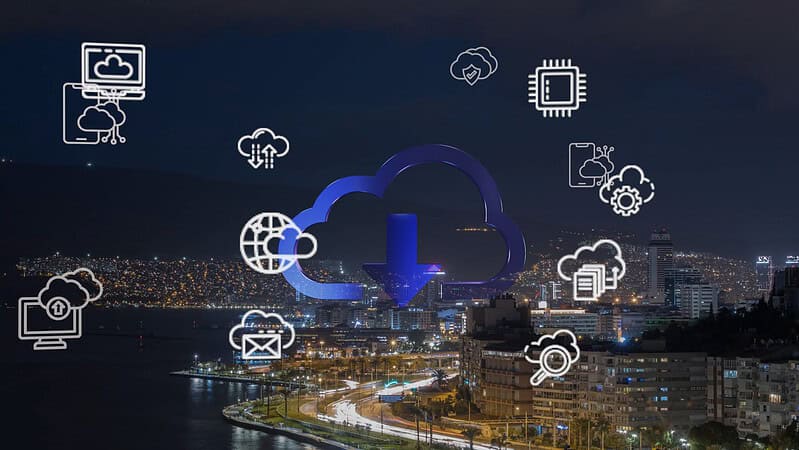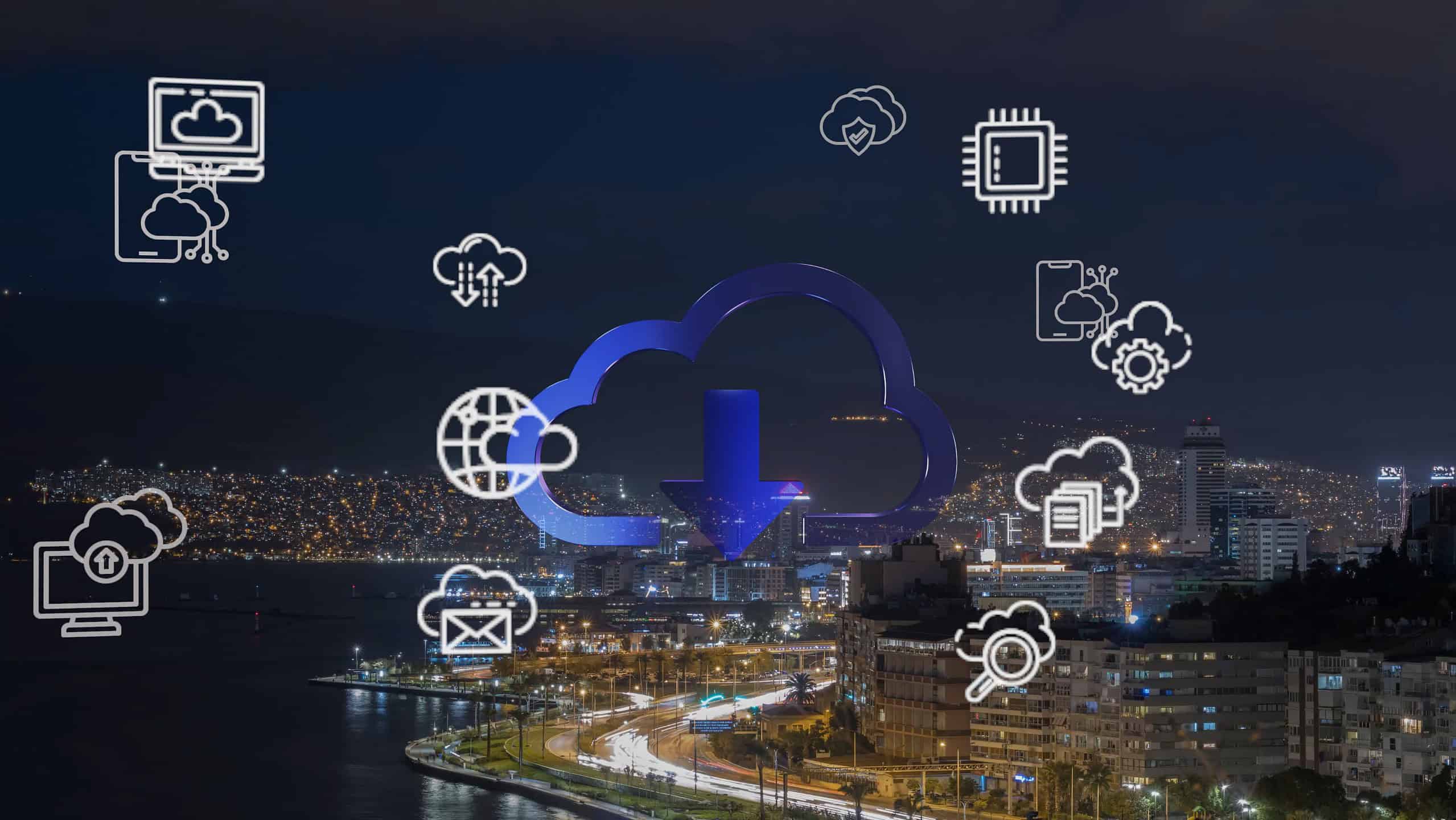-
What Is ERP Integration and How Does it Work With Business Process Automation?
Enterprise resource planning (ERP) software like Microsoft Dynamics 365 Business Central or NetSuite provides vital services to companies. With a good ERP system, your company can manage a variety of high-level business processes in one centralized software.
Typically, an ERP gathers data from a variety of business activities all in one spot. For example, they can manage employees, distribution, inventory, financial processes, customers, and more from one software platform. This makes getting a big-picture view of your company much easier than it would otherwise be. But ERPs can’t do everything. That’s where integration comes in.

What is ERP Integration?
Simply put, ERP integration is the process of connecting your ERP system to other business processing software systems. When integrated, the two systems work together. They share data and provide additional functionality that the ERP doesn’t have on its own.
For example, if you’re using an ERP to manage your supply chain, the software provides a big-picture overview of things like inventory management, procurement, and vendor comparisons. If you want to manage the nitty-gritty details of purchasing, though, you’ll need software that’s designed to manage the purchasing process directly. Integrating your ERP and purchasing software makes the two systems work together, providing more insight into and control over your supply chain.
How Integration Works
There are a few different ways to manage software integrations between ERPs and other systems. Some ERPs come with integrations already set up so you can easily add onto them with other software systems, but there isn’t usually a wide selection. It also depends on the ERP. NetSuite, for example, doesn’t typically do integrations with other software.
For software that ERPs aren’t already set up to integrate with, manual integration is possible. If integrating a new ERP with legacy software already used by your company, this integration is often IT’s responsibility. If you have an ERP and you’re looking to add functionality with a new cloud-based Software-as-a-Service (SaaS) system, then your SaaS provider should handle the integration.
Integration with NextProcess
Let’s go back to that NetSuite example. Though it typically doesn’t offer integrations with third-party software, NextProcess has a 100% NetSuite integration success rate. Also, it’s not just a “good enough” integration; we seamlessly blend our software with your ERP (NetSuite and many others) and customize the setup to meet your needs.
And it doesn’t just stop at initial integration. One of the big challenges to integrating with NetSuite is that new software updates might change the application programming interface (API) and make the integration stop working. NextProcess keeps track of those scheduled updates and adjusts accordingly to keep the software integrated and minimize or prevent interruptions.
It’s the same thing with other ERPs. With MS Business Central, for example, NextProcess integrates seamlessly with the ERP and with associated 3rd Party APIs like Binary Stream. We also have extensive experience integrating with a wide variety of other ERPs including SAP, Oracle, Sage, Epicor, and more.
If you’d like to learn more about how ERP Integration works with NextProcess software, contact us today. We’ll answer any questions you have. We can also set up a no-strings-attached demo so you can see how our software would work with your ERP to support your custom business goals.
